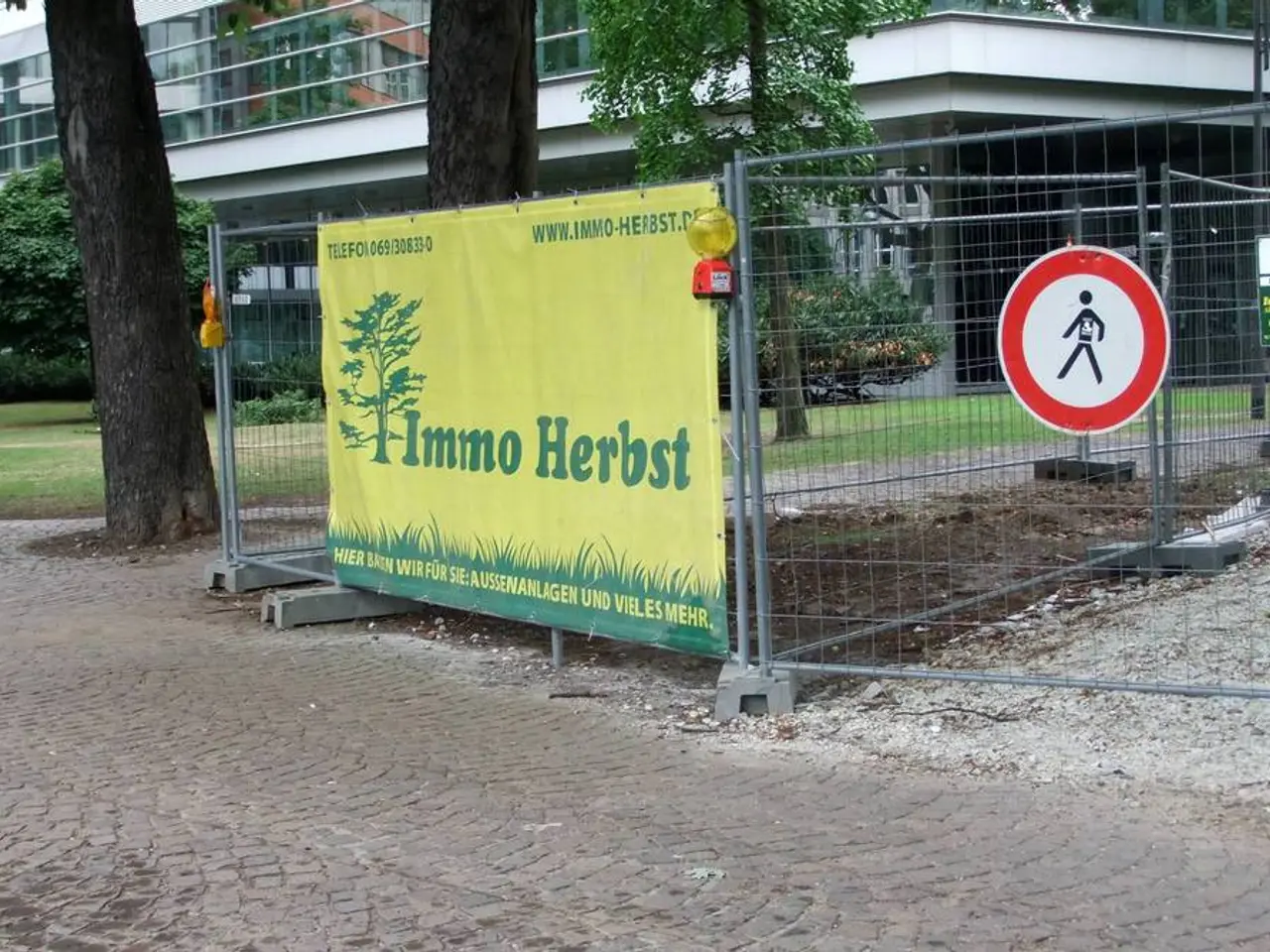Mastering Wattle Fences: Designing Eco-Friendly Garden Partitions
My Tips for Crafting Rustic Wattle Fences
Hey, gardening enthusiast! Today, let's talk about something old yet ever-so-charming – wattle fencing. This traditional, eco-friendly technique has been around for 6,000 years, and it's a fantastic option for adding some rustic vibes to your garden. Let's dive into creating a wattle fence!
The History Behind Wattle Fencing
Wattle fencing's roots dates back to Neolithic times, used for boundary demarcation, livestock containment, and even as part of old-world housing. Its versatility and simplicity have led it to be employed in various cultures across the globe.
If you're into historic charm, you'll love knowing that wattle fencing was commonly found in medieval European gardens, and even Victorian landscapes. Nowadays, home gardeners and landscape designers still embrace its rustic appeal and sustainable qualities.
Materials and Preparation
Biodegradable
A successful wattle fence requires proper material selection and preparations:
Willow, Hazel
- Choose Flexible and Strong Wood: Look for species like willow, hazel, alder, or ash, as they are ideal for constructing a wattle fence due to their pliability and strength.
- Inspection and Treatment: Ensure to inspect the branches for any signs of disease, as this can compromise the fence's durability. Remove excess bark or debris to minimize the chance of premature rot.
Building Techniques and Styles
Pesticide-Free
Crafting a wattle fence involves weaving flexible branches between upright stakes, creating a solid and eco-friendly barrier. Experiment with different weaving patterns for a unique look:
Sweet Chestnut
- Weaving Patterns: From simple over-and-under to intricate designs like diagonal or herringbone weaves.
- Step-by-Step Guide: First, set firm upright stakes into the ground. Next, weave flexible branches between the stakes using the continuous weave method for a uniform look.
Maintenance and Environmental Considerations
Captures Carbon
Proper care ensures a long-lasting wattle fence and takes advantage of its ecological benefits:
Living Hedges
- Seasonal Maintenance: Regularly inspect your fence for any signs of damage, such as broken branches, and replace them as needed. Prepare for winter by removing any wet leaves or debris around the fence base to prevent decay.
- Sustainable and Ecological Advantages: Keep things natural by using eco-friendly materials. By incorporating natural alternatives like straw and clay in the fence structure, you contribute to a greener homestead.
There you have it, gardening friend! Give wattle fencing a whirl, and be prepared to revel in its old-world charm and sustainable qualities. Happy gardening!
References:
- [1] https://en.wikipedia.org/wiki/Wattle_and_daub
- [2] https://www.english-heritage.org.uk/owning-a-property-historic-building/architectural-styles/wattle-and-daub/wattle-and-daub-the-basics/
Crafting a charming home-and-garden structure, a wattle fence not only adds old-world ambiance to your lifestyle but also has roots dating back to Neolithic times. Given its history, you'll find it traditionally employed in home-and-garden settings, as well as Victorian landscapes.








